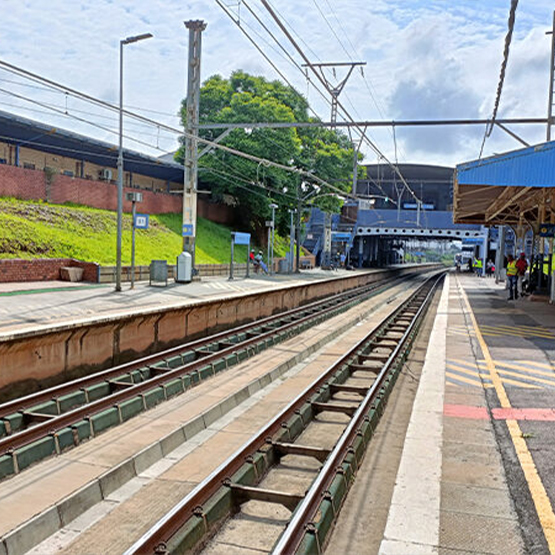
As the global transportation sector moves toward sustainability, railway infrastructure plays a crucial role in reducing environmental impact and enhancing efficiency. Traditional railway construction methods, while effective, often pose challenges related to resource consumption, land disruption, and long-term maintenance costs. At T-Track for Industrial Service Ltd, we are pioneering a sustainable approach to railway construction with our innovative ballast-less track systems, ensuring eco-friendly solutions without compromising performance and reliability
The Need for Sustainable Railway Construction
The railway industry is one of the most energy-efficient modes of transportation, but infrastructure development often requires extensive raw materials, energy consumption, and ongoing maintenance. A sustainable approach to railway construction focuses on:
By integrating these principles, T-Track is redefining railway construction for the future.
How T-Track Champions Sustainability
Ballast-less Track Technology for Reduced Environmental Impact
Traditional ballasted tracks require large quantities of crushed rock, leading to excessive quarrying and transportation emissions. T-Track’s ballast-less system eliminates the need for ballast and sleepers, using reinforced concrete beams instead. This innovation significantly reduces material consumption while enhancing track longevity.
Durable and Low-Maintenance Infrastructure
Sustainability isn’t just about construction—it’s about long-term impact. T-Track’s modular railway system minimizes track degradation, reducing the need for frequent repairs and replacements. This extends the infrastructure’s lifespan and lowers lifecycle costs, ultimately reducing resource wastage.
Energy-Efficient Installation and Construction
T-Track’s multi-nodal installation approach optimizes construction efficiency, reducing the need for extensive groundwork. By requiring less earthwork, excavation, and material transportation, our installation methodology minimizes carbon emissions and speeds up project completion.
Improved Land Utilization and Space Efficiency
Ballasted tracks often require extensive space for track stability. T-Track’s ballast-less system is more compact, enabling better land use while maintaining superior track performance. This is particularly beneficial for urban transit networks and high-speed railway corridors where land availability is limited.
Compliance with Global Environmental Standards
Sustainability in railway infrastructure isn’t just about innovation—it’s about meeting global industry standards. T-Track’s railway solutions align with international safety and environmental regulations, ensuring that our systems contribute to sustainable transport development in Saudi Arabia and beyond.